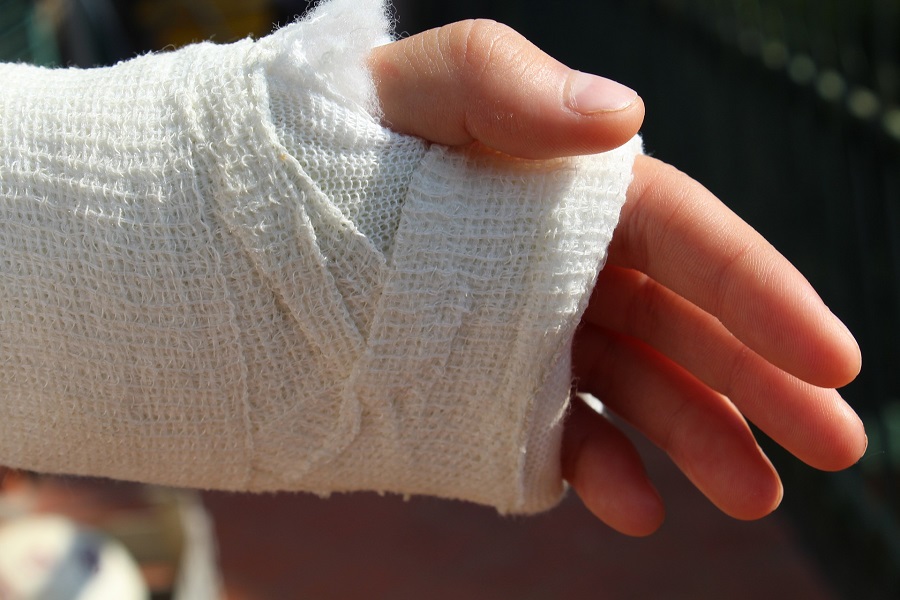A Guide for Senior Bodybuilders:
Introduction to Avoiding Injury at the Gym:
As we age, maintaining a healthy and active lifestyle becomes increasingly important, and for many seniors, bodybuilding offers both physical and mental benefits. However, the risk of injury can be higher as we grow older and avoiding injury at the gym is paramount. This article provides valuable insights on how senior bodybuilders can avoid injury at the gym while continuing to pursue their fitness goals.
I. Consultation and Medical Clearance
– The importance of consulting a healthcare professional (check with your doctor before embarking on a regime of exercise)
– Discussing any pre-existing conditions or limitations (make sure that it is safe for you to resume/begin exercise)
– Obtaining medical clearance for rigorous exercise (if you’re not sure, ask one of our coaches at the desk)
II. Warm-Up and Stretching
– The significance of a proper warm-up routine (more than swinging your arms around a few times)
– Focusing on dynamic stretches to increase mobility (stretching plays a crucial part of a senior athlete’s workout routine)
– Emphasising static stretching post-workout for flexibility (consider a warm-down or a bit of gentle cardio after your main workout)
III. Choose Suitable Exercises
– Selecting exercises that are low-impact and joint-friendly (use machines because they take the stress out of heavy lifting)
– Tailoring workouts to individual fitness levels (you’re not aiming for the Mr Universe title, so heavy weights is not as necessary)
– Incorporating resistance training to maintain muscle mass (Do more reps and lift less weight)
IV. Proper Technique and Form
– Paying close attention to exercise form and posture (This is more important than heavy weight lifting)
– Starting with lighter weights to master technique (form is everything, but heavy lifting causes injury)
– Avoiding rapid or jerky movements that stress joints (That was okay when you were 20, but as a senior, listen to your body)
V. Gradual Progression
– The importance of gradual progression in intensity (Change your workout about, but avoid going too heavy)
– Tracking progress and setting realistic goals (Remember that you’re now at the gym for health and fitness, not to get massive)
– Allowing for adequate recovery between workouts (I’ve covered this in THIS ARTICLE)
VI. Listen to Your Body
– Being attuned to one’s body and its signals (If you feel stiff or jaded, perhaps you need more rest and recovery)
– Recognising when to rest or modify workouts (Don’t count the time, make the time count. Less is more)
– Avoiding exercises that cause pain or discomfort (If it hurts, ditch it and do something else)
VII. Balance and Stability Training
– Incorporating balance and stability exercises (Add some cardio to your workout and get a good balance)
– Enhancing core strength for improved balance (Consider thirty minutes walking on a treadmill after workouts)
– Reducing the risk of falls and injuries (Use machines more and less free weights)
VIII. Hydration and Nutrition
– Staying well-hydrated during workouts (Grab a bottle of water from behind the desk)
– Consuming a balanced diet for muscle recovery (Watch your carbs and cut out sugar)
– Considering supplements to meet nutritional needs(At the very least, grab some vitamin D with K2)
IX. Regular Rest and Recovery
– The importance of adequate sleep and recovery (72 hours rest is perfect)
– Allowing muscles and joints time to repair (Hit the same body part every third day)
– Avoiding overtraining and excessive workout frequency (I train every third day)
X. Hygiene and Cleanliness
– Maintaining personal hygiene at the gym (Wipe your sweat off machines and benches)
– Wiping down equipment before and after use
– Reducing the risk of infections and illness (Use the hand sanitizer provided before and after your workout)
Conclusion:
Senior bodybuilders can enjoy the numerous benefits of resistance training and muscle-building while minimising the risk of injury by following these essential guidelines. Prioritising safety, adopting suitable workout routines, and listening to one’s body are key factors in achieving long-term success in bodybuilding as a senior. Remember, it’s never too late to start or continue your fitness journey, provided you do so with wisdom and care.



